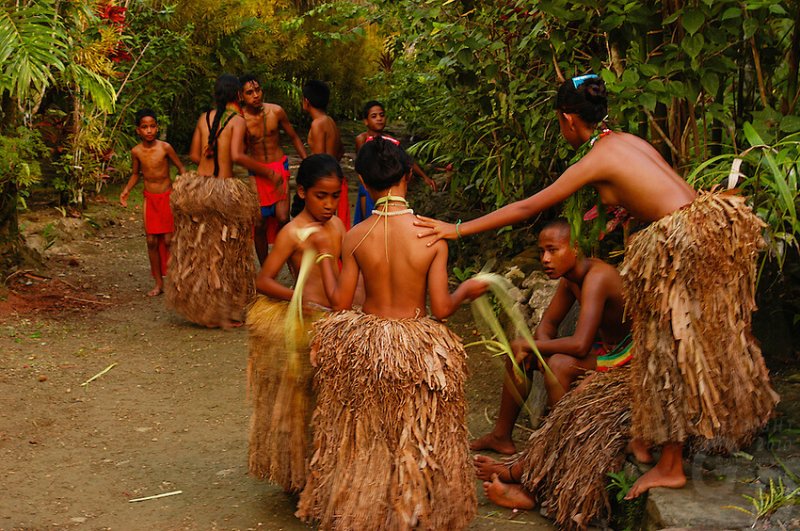Some 3,400 years ago,…people on the Solomon Islands left their white sandy shores for the cerulean seas of the South Pacific. Their adventures brought humanity to the most remote reaches of Oceania, like the tropical islands of Hawaii, Tonga and Fiji.
…
Archaeological evidence suggests that after setting sail from the Solomon Islands, people crossed more than 2,000 miles of open ocean to colonize islands like Tonga and Samoa. But after 300 years of island hopping, they halted their expansion for 2,000 years more before continuing….
“Why is it that the people stopped for 2,000 years?” said Dr. [Alvaro Montenegro, a geographer and climatologist from Ohio State University].
To answer these questions, Dr. Montenegro and his colleagues ran numerous voyage simulations and concluded that the Long Pause that delayed humans from reaching Hawaii, Tahiti and New Zealand occurred because the early explorers were unable to sail through the strong winds that surround Tonga and Samoa.
“Our paper supports the idea that what people needed was boating technology or navigation technology that would allow them to move efficiently against the wind,” Dr. Montenegro said.
The GLP aggregated and excerpted this blog/article to reflect the diversity of news, opinion, and analysis. Read full, original post: How Ancient Humans Reached Remote South Pacific Islands































